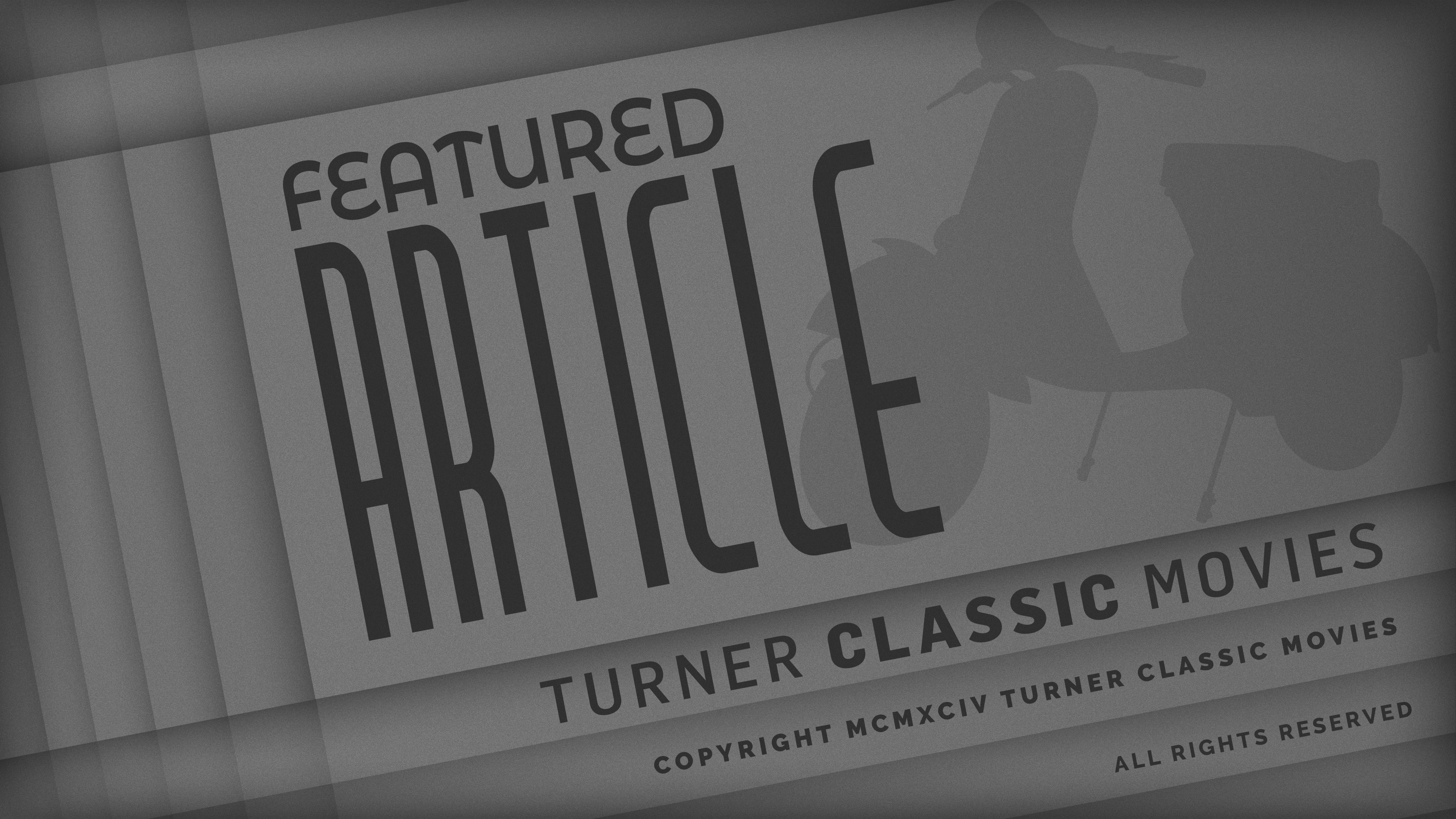Run Like a Thief
Cast & Crew
Bernard Glasser
Kieron Moore
Ina Balin
Keenan Wynn
Fernando Rey
Charles Regnier
Film Details
Technical Specs

Synopsis
Concealed in the Mexican jungle, American soldier of fortune Johnny Dent watches as gangsters hijack a sack of blue diamonds from an armored car. Gangster Whitey Keller, the sole survivor of the gun battle, makes off into the brush, where Johnny kills him. He takes the gems and later hides them in the ice cube tray of his hotel room refrigerator. Shortly thereafter, his belongings are searched in vain by American mobster Willy Gore, his henchmen, and his moll Mona Shannon. Johnny is kidnaped and savagely beaten by the henchmen, but Mona helps him escape. Despite their distrust of each other, they band together and head for the American border with the gems. They are followed, however, by Piet De Jonge, a ruthless diamond broker. Johnny kills De Jonge in self-defense, and he and Mona take flight on a riverboat, only to fall once more into the hands of Gore and his gang. They are rescued by Colonel Romero of the Diamond Syndicate Police, but it soon becomes apparent that the colonel is actually the brains behind the original hijacking scheme. The colonel shoots down Gore and his men and chases Johnny and Mona into a glass factory, and he is attempting to take the diamonds from Johnny when he crashes to his death in a fiery furnace. Realizing they are two of a kind, Johnny and Mona decide to stay together.

Director
Bernard Glasser
Cast

Kieron Moore
Ina Balin

Keenan Wynn

Fernando Rey
Charles Regnier

Victor Maddern
Sancho Gracia
Bobby Hall
Luis Rivera
Vicente Roca
Scott Miller
Mike Brendel
Román Ariznavaretta
Xan Das Bolas
Crew
Johnny Douglas
Juan Estelrich
Rafael Gil
Bernard Glasser
Bernard Glasser
Myron J. Gold
Harold Goldman
Federico Gutiérrez Larraya
John Hopkins
Santiago Ontañón
Peter Parasheles
Tibor Reves
Harry Spalding
Nicholas Wentworth
Jack Willoughby
Joe Zboran

Film Details
Technical Specs

Articles
Run Like a Thief
Although his career was on the upswing, James Dean wasn't happy during production of Run Like a Thief in New York. He was three thousand miles away from actress Pier Angeli, with whom he had fallen in love in Hollywood. Her very traditional Italian family wanted her to marry someone more stable, which made for a very rocky and emotionally volatile relationship. In August, during rehearsals for Run Like a Thief, Dean visited his friend, the photographer Roy Schatt. Schatt could see the toil the problems were having on Dean; he kept mentioning Angeli, he was continually checking his watch, and finally asked to make a collect call from the darkroom. Dean emerged soon after, nearly in tears, and asked Schatt to speak to Angeli, who asked the photographer to calm Dean down. Schatt later said that it was the first time he had seen "any indication of his emotional self beyond the manifestations of his crazy and dangerous behavior."
In an interview with the Archive of American Television, director Jeffrey Hayden recalled his own difficulties with Dean on Run Like a Thief. Dean had been a friend of his and his wife, actress Eva Marie Saint, but their personal relationship didn't make it easier to work with him. Dean had a vastly different approach to his part than the other actors, who Hayden greatly admired. "[I]n that show we cast Gusti Huber and Kurt Kasznar, who were Viennese, Austrian actors. They came to the first reading and the first rehearsal and they knew all the lines, they had their props on the table, they were ready to go. Jimmy Dean, on the other hand, would read the script to himself, mainly, around the table, and was not ready to deliver on any level of a performance until we got very close to airtime and Kurt Kasznar and Gusti Huber worked exactly the opposite way. [S]o I had to reconcile those three actors and bring them together in about a period of seven days before we got in the studio and on camera." Not wanting to embarrass Dean in front of the other actors, Hayden took Dean aside and "really read the Riot Act to him," demanding that he speak up so that the other actors could do their job. The problem was that Dean was holding back until the day of the performance, which was impossible for the rest of the cast. Dean responded to the direction and he and Hayden remained friends after the broadcast.
According to Hayden, the advantage of working in live television over shooting the program on film was that it was similar to working in the theater. Everyone, from the crew to the actors to the writers all had time to perfect their craft. Shooting television on film was like making movies, where the actors had no time to get to know each other and rehearse properly and everything had to happen quickly. As Hayden explained, there were disadvantages to live television as well. Any disaster could happen - and it would happen live - and everything had to be timed exactly. It was stressful, "but good stress, exciting stress if you were prepared and we were. [...] We were all young, we were all excited and it worked."
By Lorraine LoBianco
SOURCES:
Allen, Jane Pier Angeli: A Fragile Life
http://www.emmytvlegends.org/interviews/people/jeffrey-hayden#
http://ejones23.tripod.com/Filmography.html
The Internet Movie Database

Run Like a Thief
Quotes
Trivia
Notes
Location scenes filmed in Madrid. Working titles: Diamond Country and Diamond Hunters. Opened in Madrid in April 1967 as Robo de diamantes; running time: 91 min.














